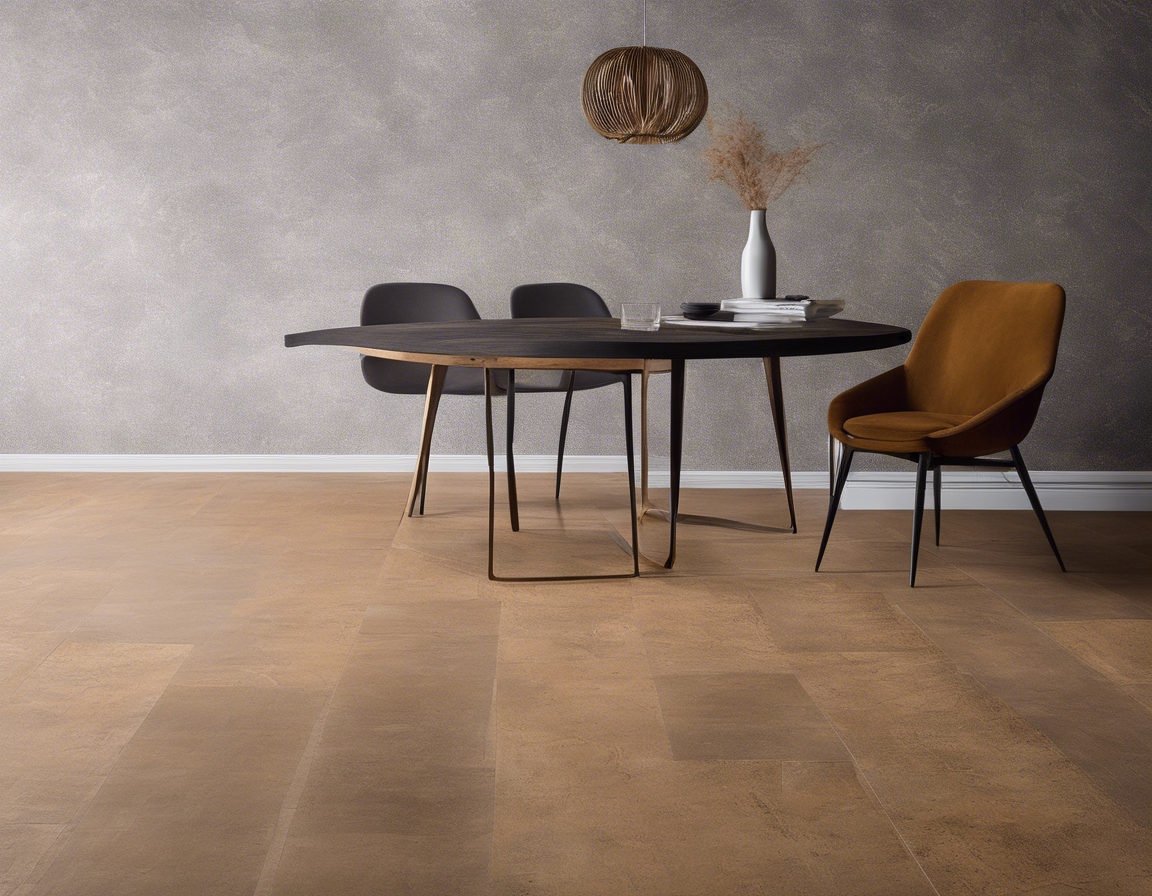5 trends in eco-friendly flooring
As the world becomes increasingly aware of the environmental impact of our choices, sustainable living has transitioned from a niche interest to a mainstream priority. Homeowners and businesses alike are seeking ways to reduce their carbon footprint, and one significant area of focus is the selection of eco-friendly flooring.
Eco-friendly flooring is characterized by its low impact on the environment, both in terms of the materials used and the manufacturing processes involved. It often involves sustainable sourcing, low emissions of volatile organic compounds (VOCs), and a lifecycle that prioritizes recyclability and biodegradability.
1. Sustainable Materials
Bamboo is a highly renewable resource that matures in as little as three to five years, making it an excellent choice for eco-conscious consumers. Its durability and aesthetic appeal are comparable to traditional hardwood, yet its growth rate and ease of cultivation offer a much greener footprint.
Cork is another sustainable flooring option, harvested from the bark of cork oak trees without harming the tree itself. This material is not only eco-friendly but also provides natural insulation, sound dampening, and a comfortable cushion underfoot.
Reclaimed hardwood floors are made from wood salvaged from old buildings, bridges, and other structures. This process prevents unnecessary deforestation and gives a second life to existing materials, adding character and history to modern interiors.
2. Low-VOC and Non-Toxic Options
Volatile organic compounds (VOCs) are chemicals that can off-gas into the air, potentially causing health issues. Eco-friendly flooring options now include low-VOC or VOC-free alternatives, ensuring healthier indoor air quality.
Advancements in flooring technology have led to the development of non-toxic adhesives and finishes, which are safer for both installers and occupants. These products contribute to a healthier living environment and are a key trend in eco-friendly flooring.
3. Recyclable and Biodegradable Options
Linoleum is made from natural materials like linseed oil, cork dust, and wood flour, making it both recyclable and biodegradable. Its durability and ease of maintenance make it a practical and sustainable choice for flooring.
Carpet tiles made from recycled materials are gaining popularity for their environmental benefits and versatility. They allow for easy replacement of worn areas without replacing the entire floor, reducing waste and extending the life of the flooring.
4. Energy-Efficient Manufacturing
Manufacturers are increasingly focusing on reducing the carbon footprint of their flooring products. This includes using renewable energy sources and optimizing production processes to minimize energy consumption.
Local sourcing of materials and production can significantly reduce the environmental impact of transportation. It also supports local economies and can lead to a smaller carbon footprint for the flooring products.
5. Innovative and Upcycled Materials
Composite flooring, made from a mixture of recycled wood and plastic, is an innovative solution that repurposes waste materials into durable and attractive flooring options.
Flooring made from upcycled rubber and glass offers a unique aesthetic and is a testament to the creative possibilities of recycling. These materials provide a resilient and long-lasting surface that is both functional and environmentally responsible.






Comments (0)